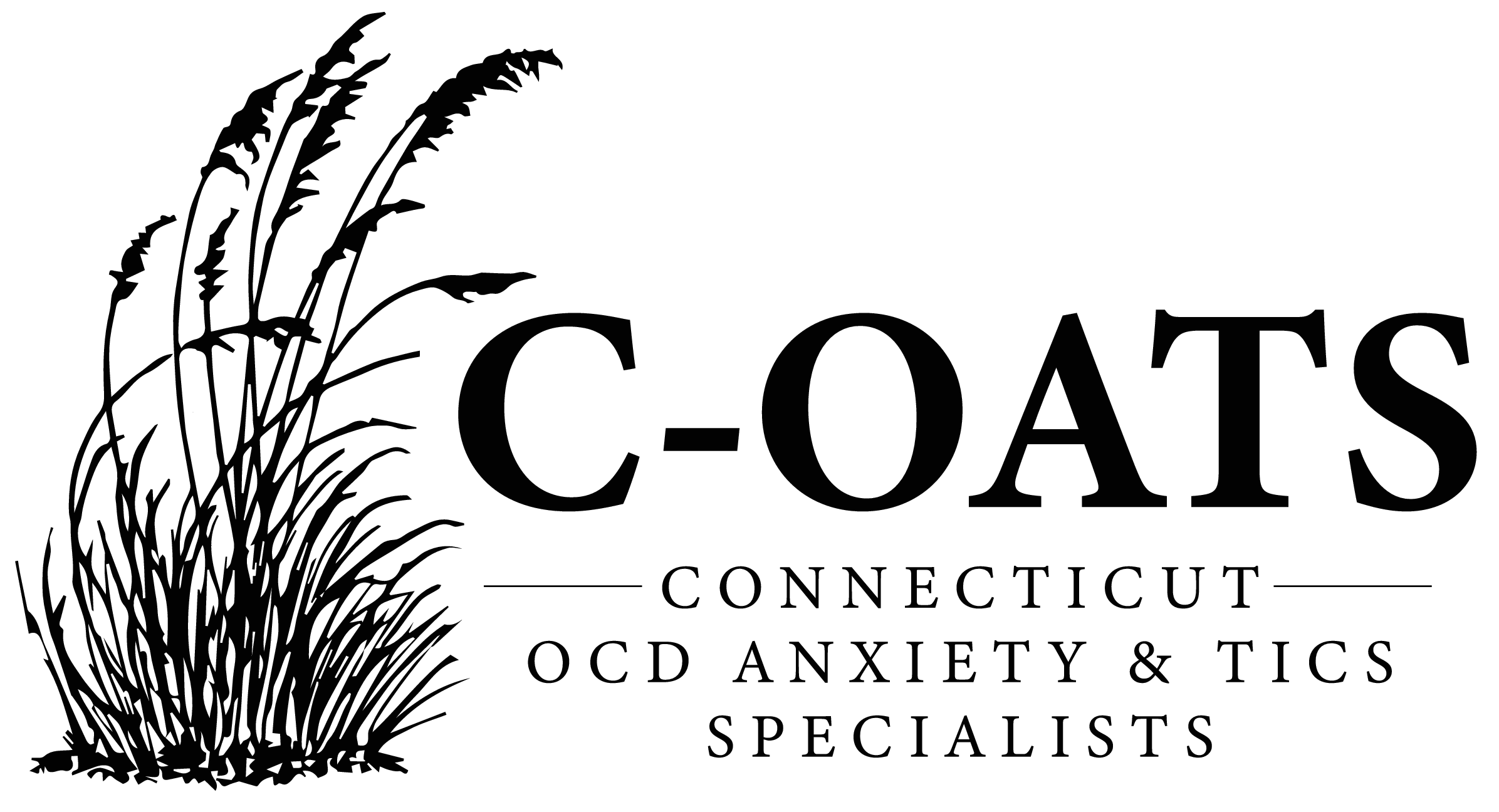“Every student learns differently and sometimes, comprehensive learning plans and processes are needed to support them. Individualized Education Programs (IEPs) and 504 Plans are both designed to support students with disabilities, but have distinct differences in terms of eligibility criteria, scope, and the services they provide,” stated Dr. Catherine McNulty, Ph.D, psychologist at C-OATS.
While both provide support to students with disabilities, unlike an Individualized Education Program (IEP), a 504 Plan does not provide specialized support for children who might have learning differences.
Here are the important difference between them:
IEPs (Individualized Education Programs):
Governed by the Individuals with Disabilities Education Act (IDEA), IEPs are legally-binding documents more comprehensively focused on individualized instruction, related services, and accommodations to meet the unique educational needs of a student with a disability. IEPS ensure students with disabilities receive free and appropriate public education (FAPE)
“IEPs are highly customized and outline specific goals, accommodations, and modifications tailored to the individual student’s unique needs and challenges,” commented Dr. McNulty.
Who qualifies for an IEP?
Dr. McNulty said, “To qualify for an IEP, a student must have a disability that significantly impacts their academic performance and requires special education services/instruction. The disability must fall under one of the categories specified in the Individuals with Disabilities Education Act (IDEA).”
What information and services are part of an IEP?
IEPs can include a range of services, such as specialized instruction, related services (i.e. speech therapy), accommodations, and modifications. The goal is to provide the necessary support to help the student meet their educational objectives. Content will vary based on the unique needs of the student, but it generally includes the following components:
- Student information including name, age, grade level, and present levels of academic achievement and functional performance
- Dates and duration of service
- Description of special education, modifications, and related services (i.e. speech therapy, occupational therapy, counseling, preferential seating, use of assistive technology, etc)
- Specifics regarding participation in General Education classes and education
- Transition services and goals such as education, employment, and independent living for those approaching the age of majority (18 years old)
- Measurable goals and objectives and assessment and progress monitoring/reporting observations to track progress. IEPs are reviewed and updated annually, with a formal reevaluation every three years to assess the student’s progress and adjust the plan as needed
- Information about parent and student participation
504 Plans:
A 504 plan, under Section 504 of the Rehabilitation Act of 1973 (a national law that protects qualified individuals from discrimination based on their disability), is intended to eliminate barriers and provide equal access for students with disabilities in a general education setting.
It does not focus on individualized instructional goals, but rather on removing obstacles that may hinder a student’s participation in school activities. These accommodations may include changes to the classroom environment, adjusted testing schedules, or the provision of assistive technology.
Who qualifies for a 504 Plan?
To be eligible for a 504 plan, a student must have a disability that substantially limits one or more major life activities, which can include learning, reading, concentrating, or other tasks.
The eligibility criteria are broader, encompassing a wider range of conditions that may impact learning.
What information and services are part of a 504 Plan?
These plans focus on providing reasonable accommodations that allow students with disabilities to access and participate in school activities on an equal basis with their non-disabled peers. The following details are generally included in a 504 Plan:
- Identification of the disability, which may include physical, mental, or health impairments
- Details on how the student’s disability may impact major life activities, such as learning, concentrating, reading, or interacting with others
- Description of how the disability affects the student’s ability to learn and participate in the educational environment
- Specific educational accommodations and support services that will be provided to address the student’s needs extended time on tests, preferential seating, assistive technology, and modified assignments
- Procedural safeguards, including information outlining the protective rights of students and parents
- Personnel responsible for implementing and monitoring the accommodations and services outlined in the plan
- Plans for reviewing effectiveness/relevance of the Plan, emergencies, and communication. 504 Plans are typically reviewed periodically, but they may not require the same level of formal assessment and annual review as IEPs
Similarities between IEPs and 504 Plans:
While IEPs are more comprehensive and tailored to students with specific learning disabilities, 504 Plans focus on removing barriers to access for students with a broader range of disabilities, here are a few ways they are alike:
- Aim to ensure that students with disabilities have equal opportunities to succeed in an educational setting
- Emphasize the need for collaboration and communication between parents, educators, and school staff
- Stress the importance of clear communication in determining the most appropriate plan for each student
- Progress should be regularly monitored to account for adjustments and necessary changes
C-OATS: Providing IEP & 504 Support For You & Your Family
While both plans differ in scope, they each involve an evaluation and eligibility period in which a team of parents, teachers, special education professionals, and other relevant individuals collaborate to assess a student’s challenges and the potential accommodations needed to address those barriers.
This process can often be challenging for parents/caregivers to navigate.
With nearly two decades of experience in Special Education and as a Doctor of School Psychology, Dr. McNulty is an invaluable resource in helping families work through the often complicated IEP and 504 processes. Whether it’s providing comprehensive assessments or serving as an advocate for a student in need of services, Dr. McNulty is skilled at working with families to ensure their children receive the most appropriate educational support.
To schedule a complimentary consultation with Dr. McNulty or the team at C-OATS, click here.
Sources:




Comments
0 Comments